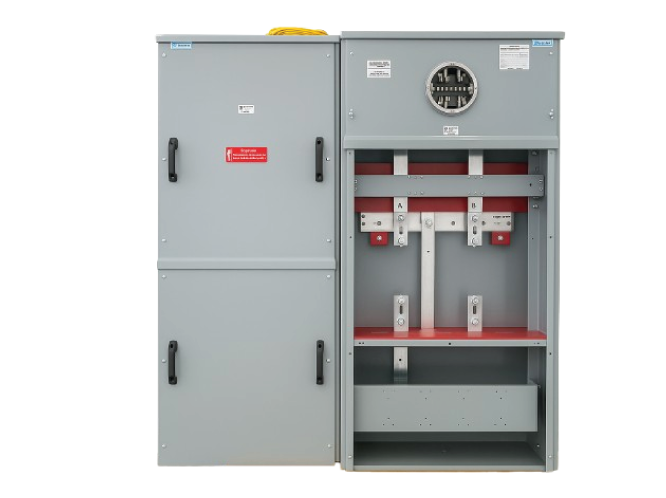Moving goods across international borders is essential for many businesses, yet the process often presents a series of obstacles. From regulatory complexities to unpredictable delays, cross-border logistics can test even the most experienced supply chain managers. Fortunately, with the right strategies and the support of a trusted freight management service, these challenges can be effectively mitigated.
Regulatory Compliance and Documentation
One of the most significant hurdles in cross-border logistics is navigating the complex web of customs regulations, tariffs, and documentation requirements. Each country has its own set of rules, and failure to comply can lead to costly delays, fines, or even the seizure of goods.
How to overcome it:
– Work with logistics providers who have expertise in the relevant regions.
– Stay up to date with trade agreements and tariff changes.
– Implement digital tools to streamline document management and ensure accuracy.
Delays at Borders
Unexpected delays are a common pain point in international freight. Border inspections, congestion, and incomplete paperwork can all slow down transit times, affecting customer satisfaction and supply chain reliability.
How to overcome it:
– Build flexibility into shipping schedules.
– Ensure paperwork is complete and accurate before departure.
– Partner with logistics providers who offer real-time shipment tracking to anticipate issues early.
Rising Transportation Costs
Fuel surcharges, port fees, and currency fluctuations can make international shipping more expensive than anticipated. Without careful planning, these costs can quickly erode profit margins.
How to overcome it:
– Diversify shipping methods (air, sea, road, or rail) to balance speed and cost.
– Use data analytics to optimise routes and consolidate shipments.
– Negotiate long-term contracts with carriers to lock in more stable rates.
Communication Across Time Zones and Cultures
Managing supply chains that span multiple countries often involves coordinating with suppliers, carriers, and customers in different time zones and with varying cultural norms. Miscommunication can easily lead to errors and delays.
How to overcome it:
– Establish clear communication protocols and shared digital platforms.
– Build strong relationships with local partners who understand cultural and business nuances.
– Provide staff with cultural training to improve collaboration.
Risk of Damage or Theft
Cross-border shipping increases the risk of goods being damaged, lost, or stolen due to longer transit times and multiple handling points.
How to overcome it:
– Invest in quality packaging suited to international journeys.
– Choose carriers with a strong reputation for reliability and security.
– Consider cargo insurance to protect high-value shipments.
Cross-border logistics doesn’t have to be overwhelming
By anticipating potential challenges and partnering with experienced logistics providers, businesses can move goods across borders with confidence. Strategic planning, investment in technology, and reliable partnerships make it possible to maintain supply chain efficiency and deliver on customer expectations—even in today’s complex global trade environment.








